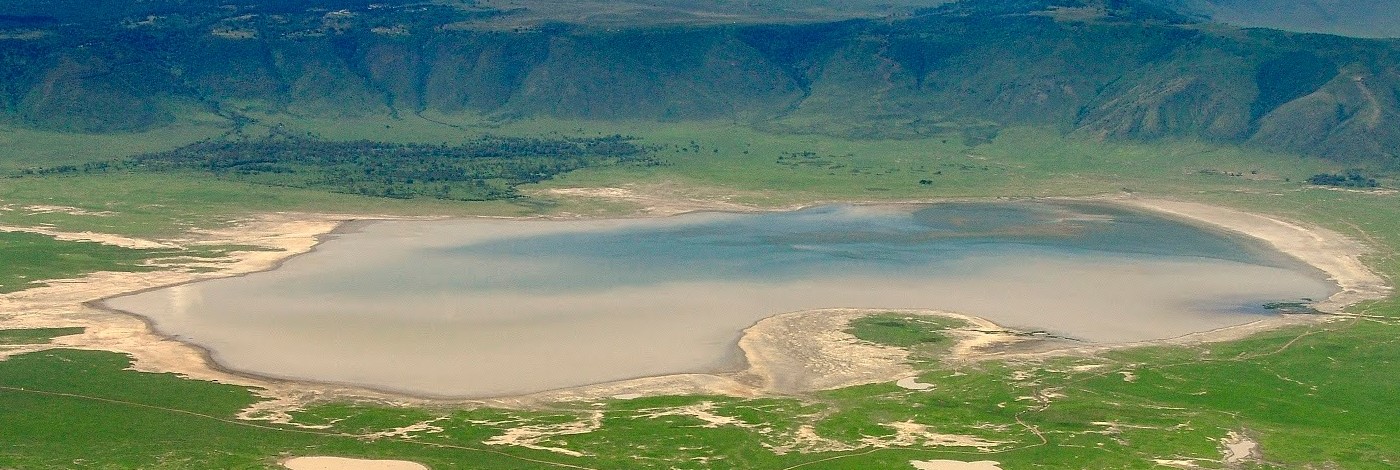- Northern Circuit
Ngorongoro
Conservation Area is a breathtaking destination located in northern Tanzania.
This area is a testament to the unique blend of natural wonders and cultural
significance. The conservation area is home to the world-renowned Ngorongoro
Crater, which is the world's largest inactive, intact, and unfilled volcanic
caldera. The crater is a UNESCO World Heritage Site and is a natural wonder
that should be on every traveler's bucket list. In addition to the crater, the
conservation area is home to a wide variety of wildlife, including the Big
Five, and offers a unique cultural experience with the Maasai people, who have
been living in the area for centuries. Whether you're a nature lover, a culture
enthusiast, or just looking for an adventure, Ngorongoro Conservation Area has
something for everyone.
When to visit:
The
best time to visit Ngorongoro Conservation Area is during the dry season, which
runs from June to October. During this time, the weather is pleasant, and the
grass is shorter, making it easier to spot wildlife. However, it is also peak
tourist season, so it can get crowded. The wet season, from November to May, is
also a good time to visit, as the scenery is lush and green, and there are
fewer tourists. However, some areas may be inaccessible due to flooding.
History:
Ngorongoro
Conservation Area has a rich history that dates back millions of years. The
area was once a massive volcanic mountain that collapsed millions of years ago,
leaving behind the Ngorongoro Crater. The Maasai people have been living in the
area for hundreds of years and have a deep spiritual connection to the land. In
the 1950s, the area was declared a conservation area to protect its unique
wildlife and ecology.
Wildlife:
Ngorongoro
Conservation Area is home to a diverse array of wildlife, including the famous
Big Five: lion, leopard, elephant, buffalo, and rhino. In addition, there are
several other species of mammals, such as zebras, wildebeests, hyenas, and
cheetahs. The area is also home to over 500 species of birds, making it a haven
for bird watchers.
One
of the main attractions of the area is the Ngorongoro Crater, which is a
natural amphitheater that measures 20 kilometers in diameter and is home to an
incredible concentration of wildlife. Visitors can expect to see large herds of
zebras and wildebeests, as well as predators such as lions and leopards. The
crater is also home to the endangered black rhino, which is one of the few
remaining populations in the world.
Activities:
Here
are some of the activities you can enjoy while visiting Ngorongoro Conservation
Area:
- Game drives in the Ngorongoro Crater
- Walking safaris with Maasai guides
- Visiting the Maasai village and learning about their culture
- Bird watching
- Hiking to the Empakaai Crater
- Picnicking in scenic spots
- Night game drives for a chance to spot nocturnal wildlife
- Photography and filming of the stunning landscapes and wildlife
- Educational visits to Olduvai Gorge, one of the most important paleoanthropological sites in the world
- Hot air balloon safaris over the crater for a bird's eye view of the area
Accommodation:
There
are several accommodation options in and around Ngorongoro Conservation Area,
ranging from luxury lodges to budget campsites. Some popular options include
Ngorongoro Serena Safari Lodge, Ngorongoro Sopa Lodge, and Ndutu Safari Lodge.
Getting there:
The
easiest way to get to Ngorongoro Conservation Area is by flying into Kilimanjaro
International Airport or Arusha Airport and then taking a chartered flight or
driving to the area. The drive from Arusha takes about 3 hours.
